What kind of product packaging can attract customers the most and make them choose your product on the supermarket display rack at a glance? When you go to the supermarket and go to the mall, have you noticed that some containers are packed with heat shrink film? The packaging of these products often uses bold colors and conspicuous patterns. It stands out on the display stand. Conventional silk screen printing cannot meet some specific printing needs, such as multiple colors and complex patterns. As a result, shrink-sleeve labels have become a game changer in the packaging world, offering both aesthetic and functional benefits. This guide explores the nature of shrink sleeve labels, their applications, benefits, and their specific uses on glass containers.
Section 1 What is Shrink-Sleeve Labeling?
Shrink-sleeve labeling is a packaging technique where a label made of heat-shrinkable plastic material is applied to a product container, such as glass food storage containers, glass bottles, jars, or cans. The label is first printed with graphics, branding, and product information, and then it is placed around the container.
Once the label is in position, the container is subjected to heat, causing the label to shrink and conform tightly to the contours of the container. This creates a snug and attractive packaging solution! It fully covers the container’s surface, allowing for vibrant and eye-catching graphics to be displayed.
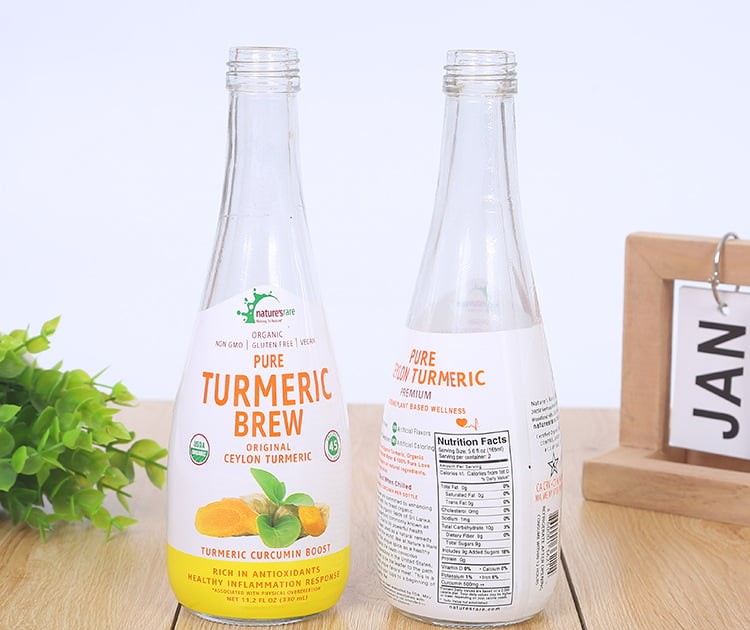
Section 2 Advantages of Shrink-Sleeve Labeling
▶ 360-Degree Branding
Shrink-sleeve labels offer the entire surface area of the container for branding and product information. Traditional labels are limited to specific areas. However, shrink sleeves can cover the entire circumference of the container, providing ample space for vibrant graphics, promotional messages, and nutritional information. This 360-degree branding increases visibility on store shelves. It also helps products stand out and attract consumers’ attention.
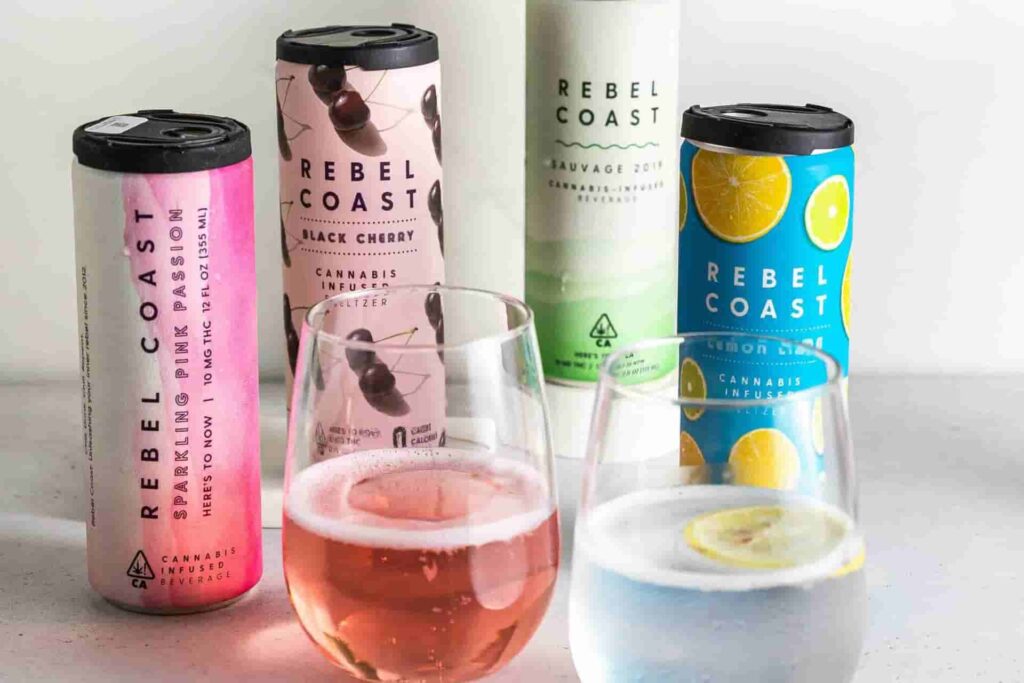
▶ Tamper-evidence and Security
Shrink sleeves provide tamper-evident packaging. It ensures the integrity and safety of the product. The shrinkage process creates a tight seal around the container, making it difficult to tamper with the contents without leaving visible signs of interference. If the label is broken or damaged, consumers can easily identify potential tampering. And enhance trust and confidence in the product’s quality and safety.
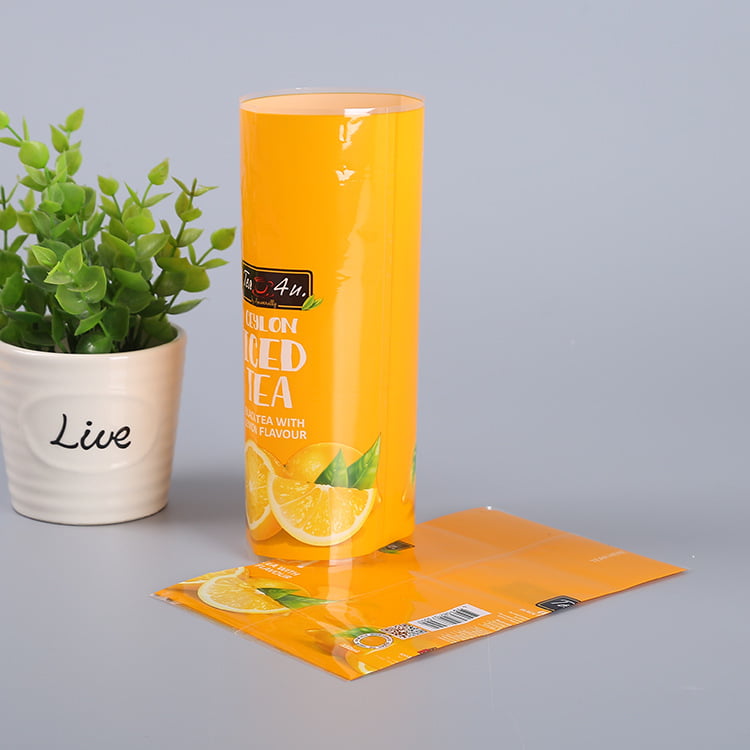
▶ Versatility and Compatibility
Shrink sleeves are compatible with a wide range of container shapes, sizes, and materials, including glass, plastic, and metal. This versatility allows manufacturers to use the same labeling solution for different product lines and packaging formats. It can streamline production processes and reduce costs. Additionally, shrink sleeves can conform to irregularly shaped containers. Such as bottles with curves or contours, ensuring a seamless and attractive appearance.
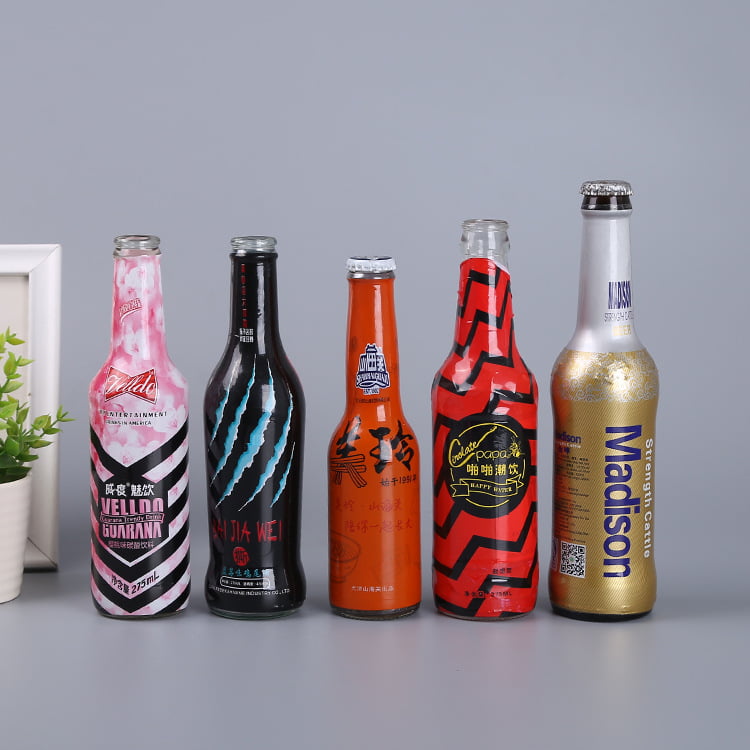
▶ Versatility and Compatibility
Shrink sleeves are compatible with a wide range of container shapes, sizes, and materials, including glass, plastic, and metal. This versatility allows manufacturers to use the same labeling solution for different product lines and packaging formats. It can streamline production processes and reduce costs. Additionally, shrink sleeves can conform to irregularly shaped containers. Such as bottles with curves or contours, ensuring a seamless and attractive appearance.
▶ Enhanced Shelf Appeal and Consumer Engagement
The vibrant graphics and 3D-like appearance of shrink-sleeve labels make products more visually appealing on store shelves. Attracting consumers’ attention and encouraging purchase decisions. The seamless coverage and high-quality printing capabilities of shrink sleeves allow brands to showcase their logos, branding elements, and product features in a visually striking and memorable way. This increased shelf appeal not only drives sales but also strengthens brand recognition and loyalty among consumers.
Section 3 Applications of Shrink-Sleeve Labeling
The above qualities make shrink-sleeve labeling a popular choice for packaging a wide range of products, including beverage bottles, cosmetics jars, food jars, and household products.
○ Beverages: Popular for various packaging for beverages: plastic and glass soda bottles, glass juice bottles, coffee bottles, glass bottles for milk storage, and bottles for alcoholic drinks.
○ Food Products: Ensures tamper evidence, with the ability to cover irregular shapes.
○ Health and Beauty: Offers sleek, contoured packaging for lotion pump bottles, shampoo bottles, and more.
○ Household Products: Provides durable labels for cleaners and chemicals, resistant to moisture and wear.
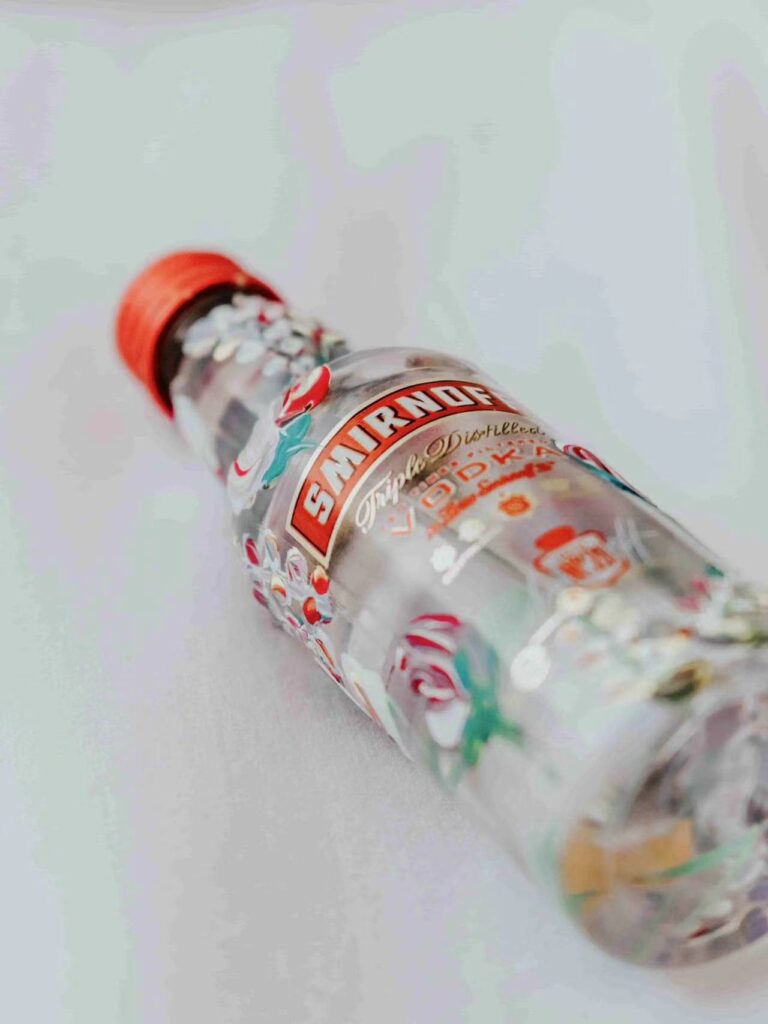
Glass containers, with their premium look and feel, are a popular choice for many brands. Shrink-sleeve labeling on glass bottles and jars enhances product appeal while preserving visibility. It’s especially beneficial for:
○ Wine bottles and Spirits bottles: Elevates brand presence on crowded shelves.
○ Glass bottles and jars for Beauty Products: Allows for elegant, sophisticated packaging designs.
○ Glass storage containers with lids for Food and Beverages: Ensures product integrity and safety with tamper-evident seals.
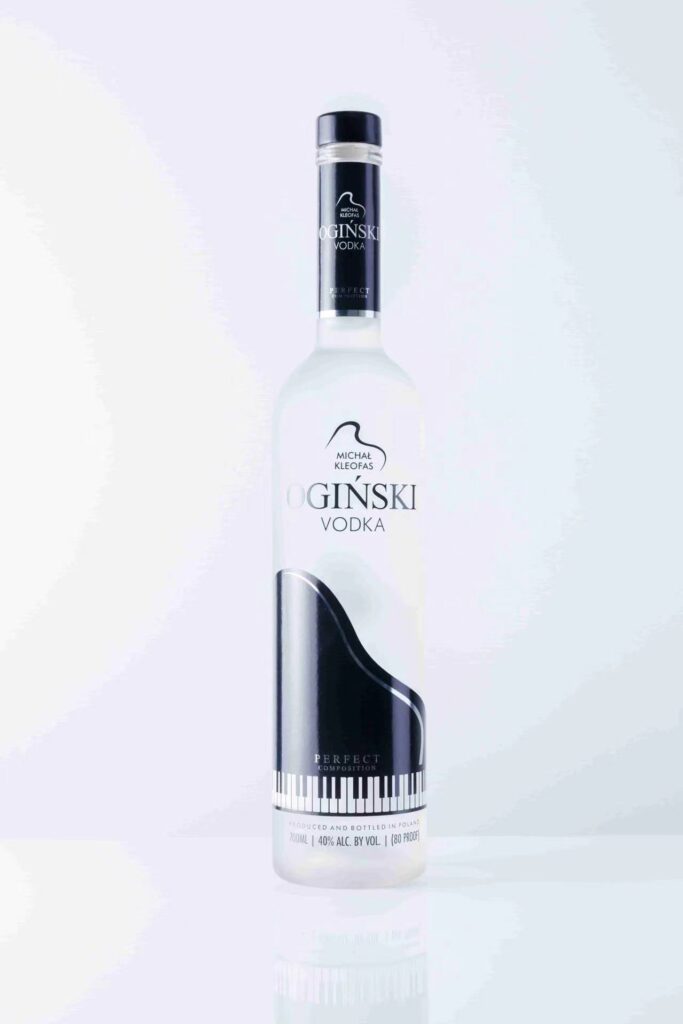
Section 4 Considerations for Glass Containers
▶ Heat Sensitivity
Bulk glass containers are more heat-sensitive than other packaging materials like plastic or metal. Excessive heat during the shrink-sleeve labeling process can potentially cause thermal stress and lead to breakage or cracking of the glass. Therefore, it’s crucial to carefully manage the heat application to ensure that it’s within safe limits. This can be achieved using specialized equipment that permits precise control of temperature and heat distribution. Additionally, selecting shrink sleeve materials with lower shrinkage temperatures can help mitigate the risk of thermal damage to glass containers.
▶ Recyclability
As consumer awareness of environmental issues grows, the recyclability of packaging materials has become increasingly important. When choosing materials for shrink sleeves applied to glass containers, it’s advisable to opt for eco-friendly options that are easily recyclable. This can include selecting recyclable plastic films or using biodegradable and compostable materials. By prioritizing sustainability in packaging choices, brands can reduce their environmental footprint and appeal to environmentally-conscious consumers.
▶ Design Precision
Empty glass containers for sale are often associated with premium products due to their inherent characteristics of transparency, durability, and perceived quality. Consequently, the label application must meet high standards of precision and quality to complement the premium nature of the glass packaging. Any imperfections or inaccuracies in the label application process can detract from the overall aesthetic appeal of the product. Utilizing advanced printing and application technologies, such as high-resolution printing and precision labeling equipment, ensures that labels are applied with accuracy and consistency. This attention to detail is essential for achieving a flawless finish that enhances the perceived value of the product and reinforces the brand’s image of quality and sophistication.
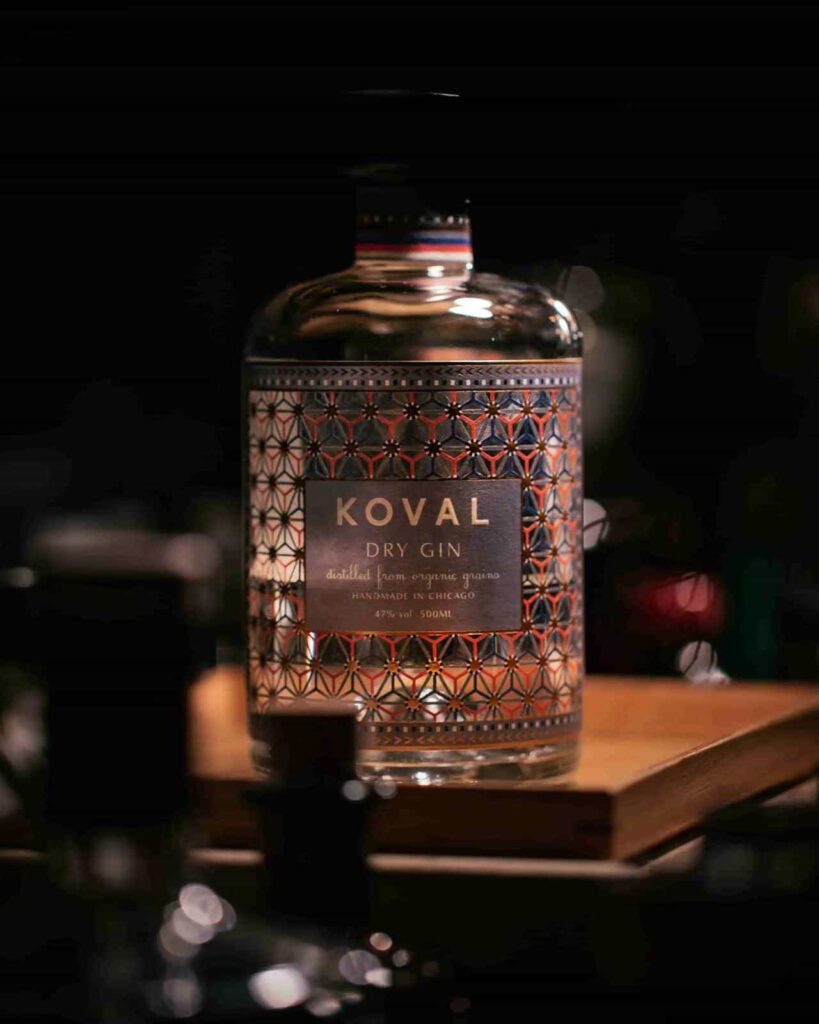
Shrink-sleeve labeling transcends mere packaging trends; it emerges as a strategic asset for brands aiming to set their products apart. For wholesalers and retailers specializing in glass bottles and jars, grasping the nuances of shrink-sleeve labeling can unveil fresh avenues of product allure and market triumph. Embracing this innovative labeling technique enables you to captivate and enthrall your audience in unprecedented ways. Get in contact now to realize your dream look for your packaging brand.











